A while back, I wrote an article on Blake Robinson and his Symphonic Orchestra albums. Specifically, I had issues with the branding of his albums; that of “symphonic.” You can read the article HERE. I felt that his albums played on people expectations of orchestral game music and capitalized on its popularity. All his albums include orchestral instruments and the word symphony on their covers, which lead you to the impression that this is orchestral music. Considering that all the albums use samples, Blake does use the term “synthetic orchestra,” I find the premise of his music to be, at best, troubling, and at worst, outright deception. However, this is not to say that I haven’t found enjoyment in his full orchestrations of Chrono Trigger and Banjo Kazooie, although, they are overly long. I have also never played a Metroid game and there are few orchestrations out there to listen to, a track here and there. So; I am very curious about this album and how it will measure up, in terms of quality, with Blake’s other albums, with the original compositions by Kenji Yamamoto, and whether re-creating the entire soundtrack actually works. Find out what I think after the jump.
Track 1, “Science Academy Research Station,” starts off the album in a suitably epic way. Starting with ominous strings, the track moves into full military Sci-Fi mode with added brass. It’s the sort of music you’d expect to hear at the beginning of a dystopian Sci-Fi film and it’s effective. It’s rather repetitive however, and the honking bass note never changes, staying static throughout. Track 2, “The Super Metroid Prologue”, is the only track that includes spoken words. As I said, I have not played any of the Metroid games so I’m not sure where these tracks are used in the game, but I’m assuming that the rousing melody that starts at 00’36” is the main theme. I really like it; It’s rousing and triumphant. I really like the string ostinato at the beginning as well and shows that Blake is a very good orchestrator, especially considering the source material. Again, it’s very Sci-Fi film-esqe, sounding perhaps like something from Starship Troopers.
Track 3, “Deserted Ceres Space Colony,” starts off with sound effects, various alarm sounds and a few strings added in, much like the original track. It’s atmospheric, but not particularly musical or orchestral, and it’s not something I enjoy listening too. Also, I can’t help think of the castle level from Super Mario World when the sliding synths come in at 00’43”. “Ridley / Draygon Encounter,” Track 4, is another military sounding track that is upbeat and rousing with blasting brass and orchestral percussion. I like the complete change at 00’51” when the piano comes in. However, it’s also rather jarring. Not only is it a complete change, but the reverb on the piano sample sounds completely out of place, making it sound separate from the orchestra. When the orchestra fades back in a moment later, the illusion that this is a real orchestra is broken again. The track continues to swap between these two themes for the rest of the track. Also, this instrumental version ends up sounding exactly like a piece of music form Return to Castel Wolfenstein. Not the fault of the composer I know, but this actually happens a lot in the album, as in, I am continually reminded of pieces of music or other games. I think this may be because Blake uses similar samples that a lot of big budget games do.
Track 8, “The Space Pirates Emerge,” is yet another powerful track filled with brass and drums. However, this track exemplifies the disconnect that using samples can sometimes have. In this instance, the staccato choir actually sounds closer to the SNES track than a real choir, just ridiculous. They sound like midi samples in comparison to the brass and drums and instantly dispel the illusion that you are listen to a real orchestra. In general the track is well produced but the actual music itself is repetitive and rather boring.
I like the ostinato at the beginning of Track 9, “Overgrown with Vegetation (The Jungle Floor)” and the piano melody that comes in a bit later is also excellent, although the piano still sounds off to me. It’s a nice track with nice little themes and good orchestration. It’s fast and exciting too, with a change of pace in the middle that is very welcome. The choir samples are used to a far greater effect in this track, when compared to the previous one and I really like it as a whole.
I have heard the beginning of track 11, “Inside the Item Room,” many times before and it’s one of the few snippets of music that I actually recognize. After that, the track becomes more sinister and unusual with staccato strings, woodwind, and deep menacing strings. It’s effective and a very good translation from the original, but it’s not very listenable. Track 14, “Kraid / Crocomire / Phantoon Encounter,” is another battle sounding track and, again, done very well. The constantly rising semitones add a sense of urgency and the woodwind flourishes add complexity. The almost whimsical like change at 00’57” is a surprising divergence from the original, ending on a refreshingly lighter tone.
Track 15, “Burning in the Fires of Zebes,” is another dark and menacing track that is very effective. However, it’s very static with almost no change what so ever. I would see this track more as background music in a modern game rather than a prominent track in an album of specific orchestrations. Track 17, “Aboard a Quiet, Wrecked Ship,” is even worse, exampling a static and boring track. The piece consists of a single timpani note with choir and strings fading in and out. Again, the choir sounds fake and this is one of the few tracks that lasts for almost three minutes, even though it shouldn’t. To make things worse, track 18, “Powering on the Lost Vessel,” is an exact copy and paste of track 17, but with added alarm sound effects and more strings. I know that Blake is re-creating the entire Metroid soundtrack, but these two tracks just end up sounding like boring filler. The fading of the strings on this track also makes them sound especially fake.
Track 19, “Maridia’s Rocky Underground Water,” is a welcome change from the last few tracks. Fitting right into the underwater style of game music, this track is slow and soft, using more strings and woodwinds. The flute sample, in my mind, is not expressive enough, though, and it sounds a bit flat as a result. However, it’s a nice enough track, even if the melody isn’t that strong. Track 21, “Norfair’s Ancient Ruins,” is another departure from the menacing brass of most of these tracks. This track is almost Spanish in its nature and I really like the climax half way through. The falling melody and string arpeggios at 1’16” are an aural treat that, again, really shows off Blake’s skill as an orchestrator, as opposed to the boring background music. The choir samples and strings, again, remove any sense of reality, but they are not that bad in this case.
Track 29, “Credits,” is actually the most interesting track in the whole album. It starts off proudly with the main theme played on the brass. The theme is developed upon half way through, with strings and piano, before developing further with the brass later on. There is more interest here and I feel that Blake gave himself more leeway here to express himself, although, perhaps too much though, as the samples don’t seem to be able to keep up with his impressive ambition.
Track 29 is the triumphant ending as “Finale”, track 30, is far more sedated. Ending with, yes, a simple bass note and sound effects. A simple piano melody floats along the top, but it’s not that interesting. The string ostinato that I liked from the beginning makes a return, giving a sense that all is not over. I personally hope that it is over and that there won’t be any more Metroid albums like this.
Okay, I think you can tell that I had mixed feelings about this album. Like I said, I have issues with the word symphonic in an album that has never set eye on an orchestra. I feel that I’m justified on this point as, although the samples are very good, they are not good enough. Throughout the album I was distracted by an unrealistic choir samples, out of place piano reverb and some dodgy strings. The brass and percussion are good, which is why they are used so much I think, but there’s only so much you can do with them. As for the music itself, I know the Metroid series is popular, but I think there is a reason why there have not been many orchestrations, let alone a complete re-imagining of the entire soundtrack, when compared to the Zelda or Final Fantasy series. The music just doesn’t lend itself to re-interpretations. The music may have worked perfectly in game, but there are hardly any strong melodies, no interesting harmonic shifts and nothing particularly interesting happens; ever! I personally think the creation of this album was a bad judgement call, based more on capitalizing on the popularity of the Metroid series and the public’s desire for rich and vibrant orchestrations of old video game music. Though it is very well produced and there are a few good, if short, tracks here, I did not find anything of great interest here; only disappointment. The Super Metroid Symphony album can be purchased on Loudr and on iTunes.
Tags: Arrange Album, Blake Robinson, Kenji Yamamoto, Music Reviews, Orchestral, Reviews, Super Metroid, Synthetic Orchestra, VGM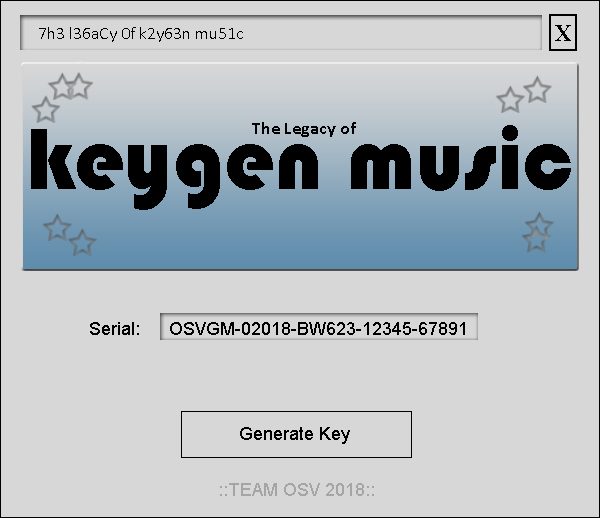
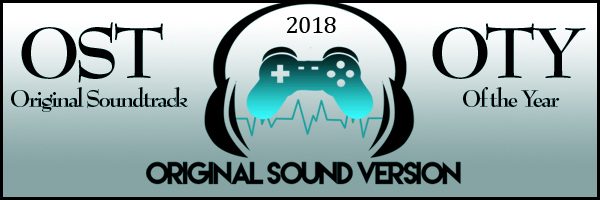
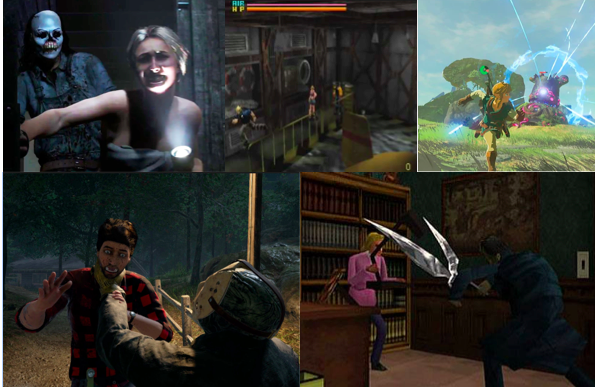


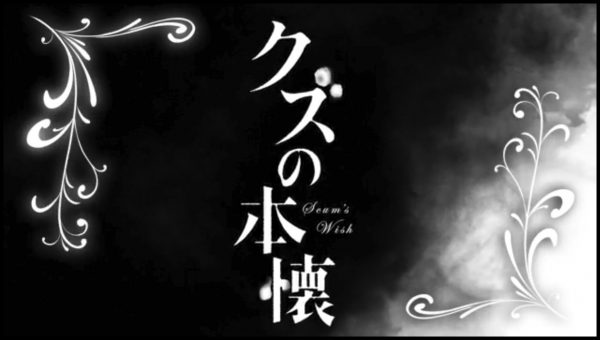


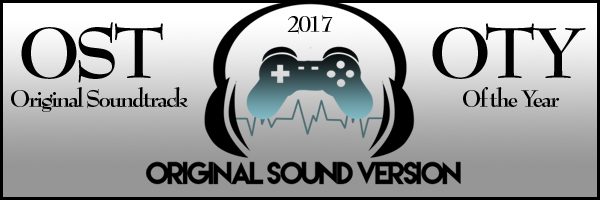
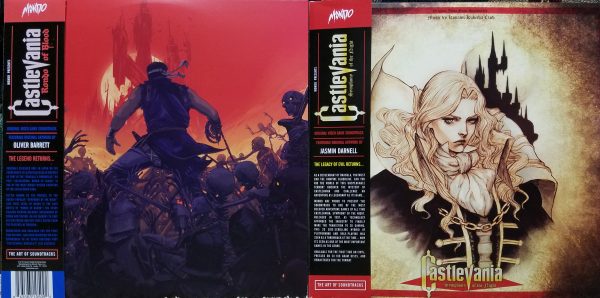
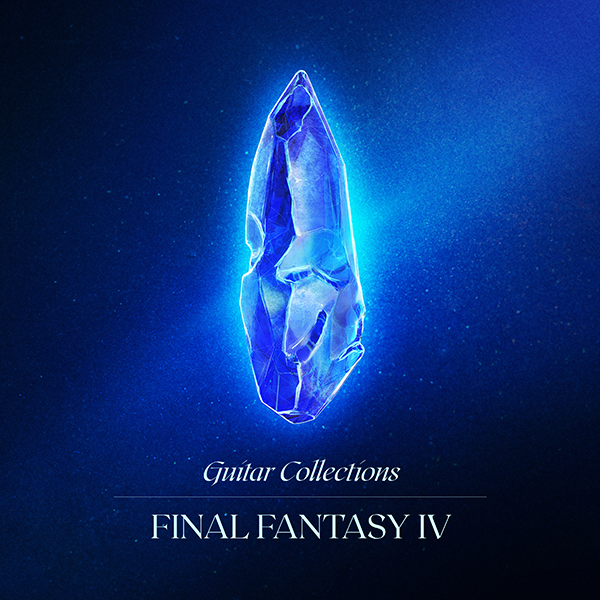
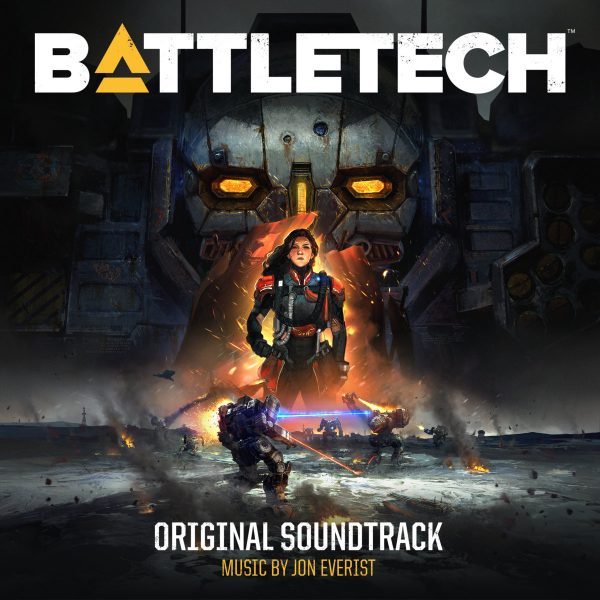
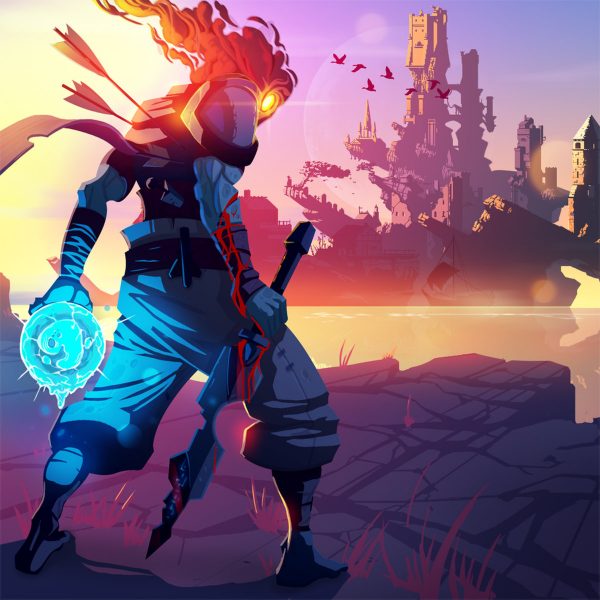
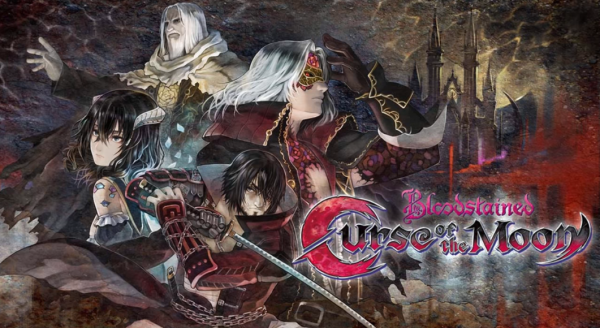
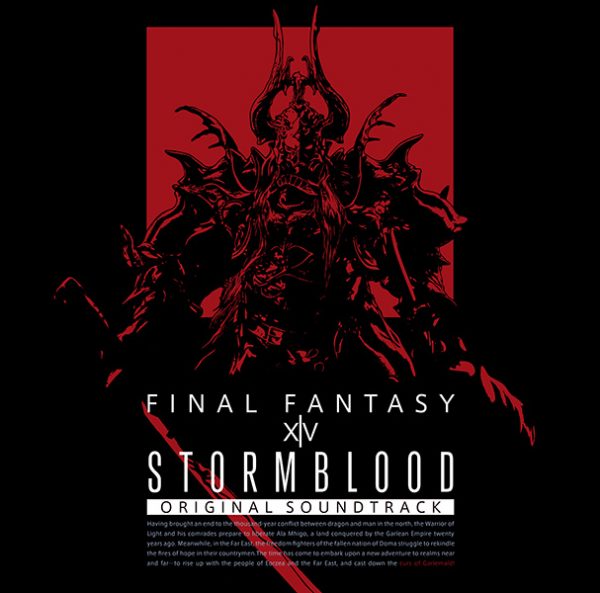
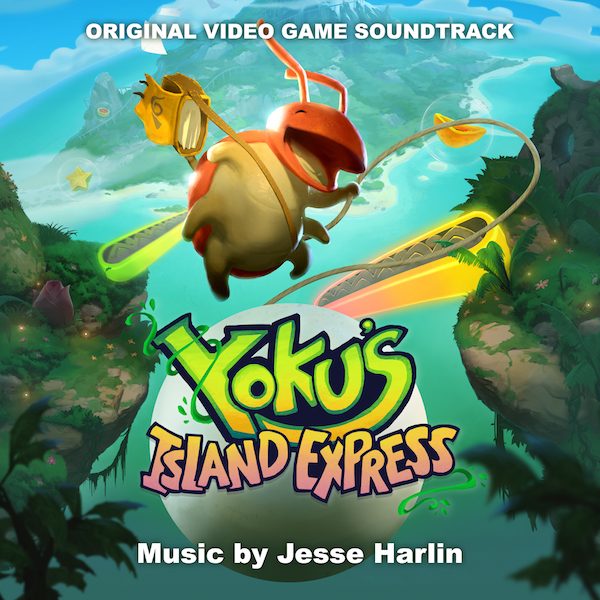
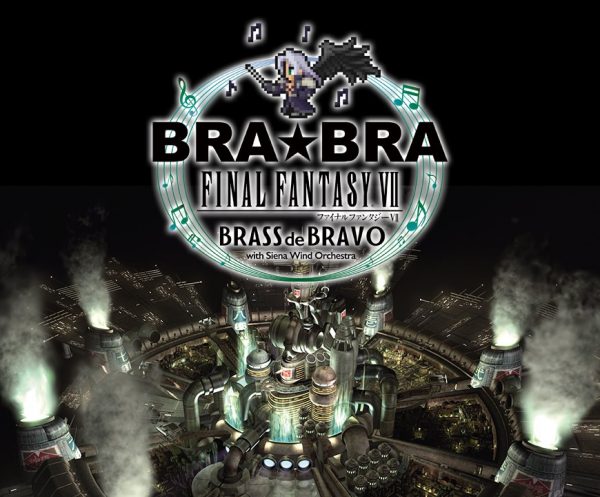
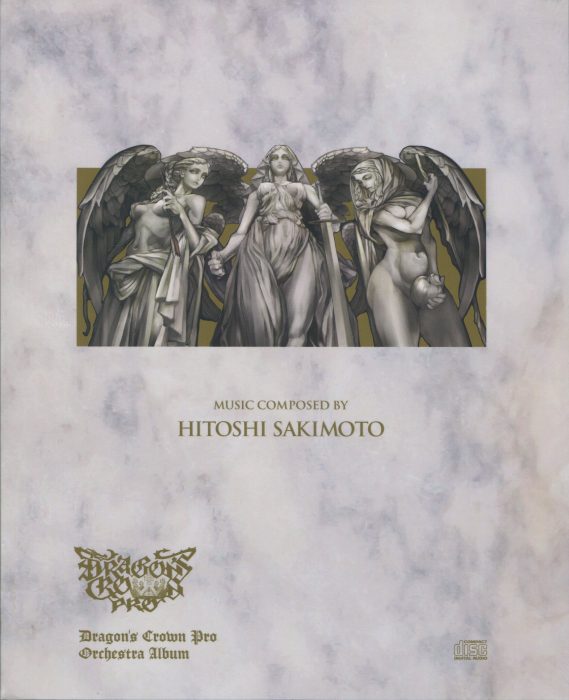
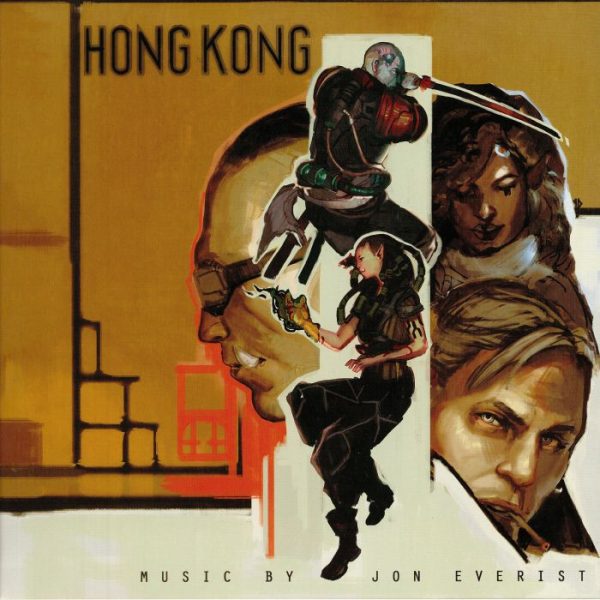
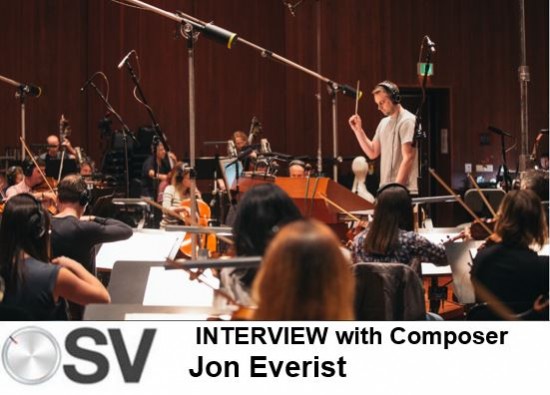
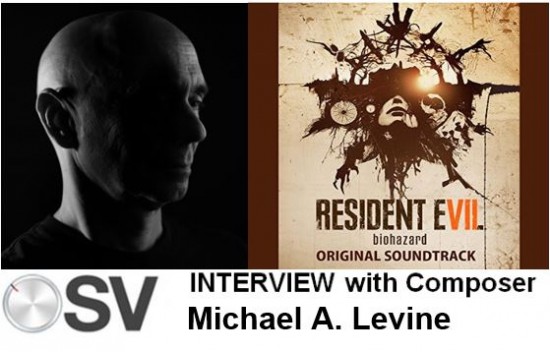
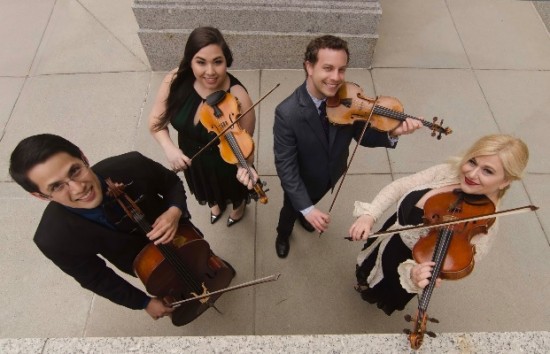
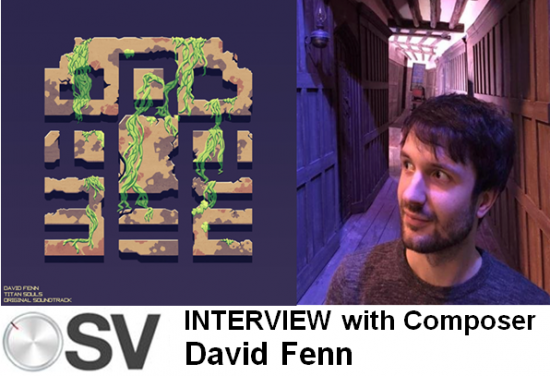
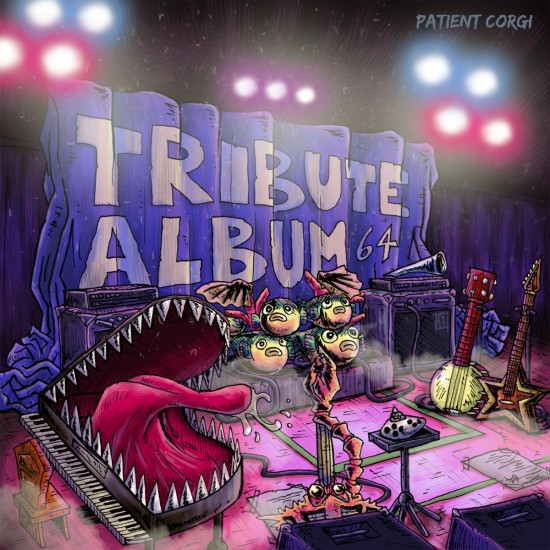
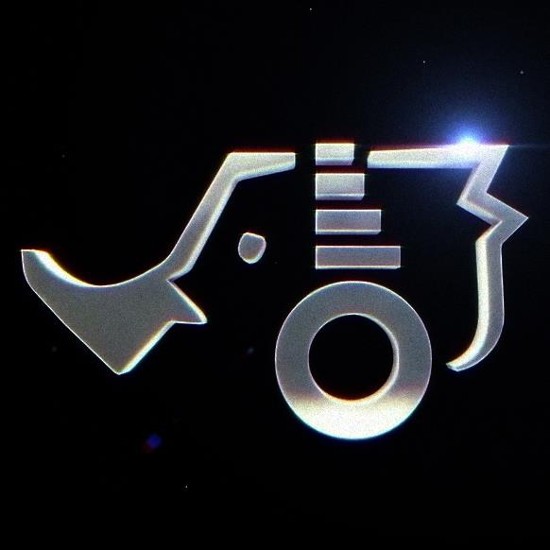
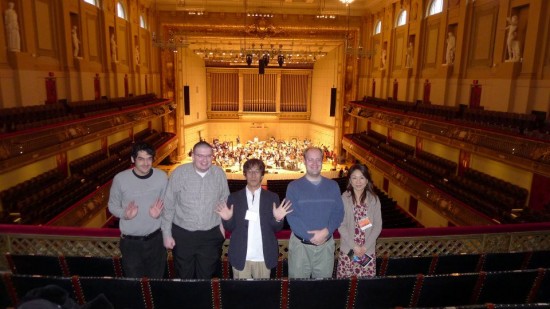
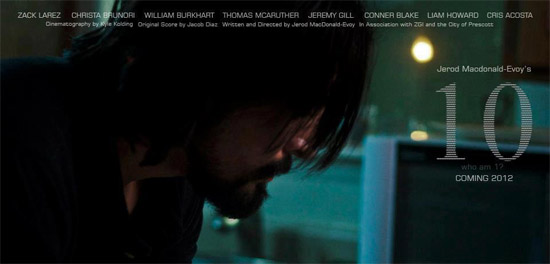
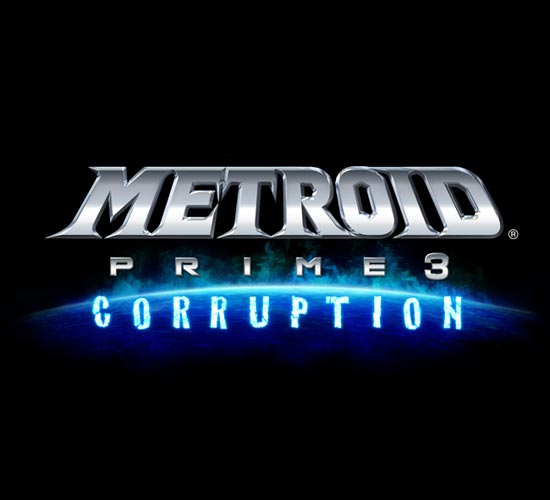


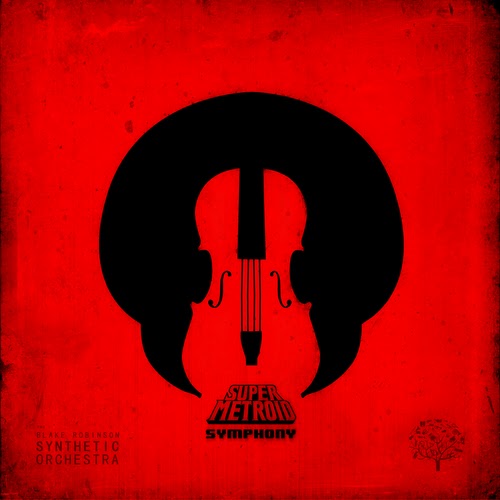

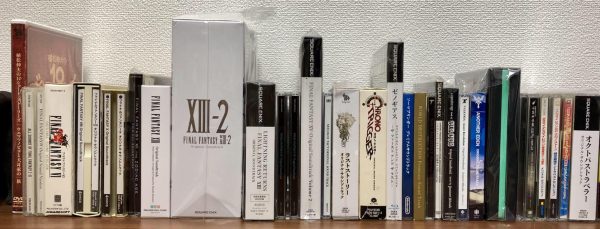
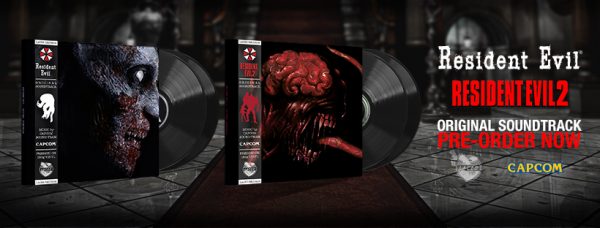
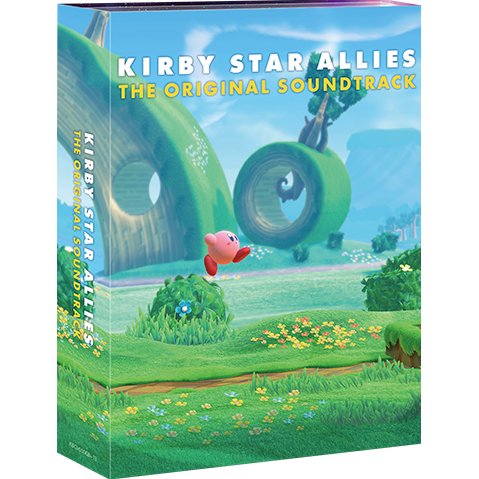

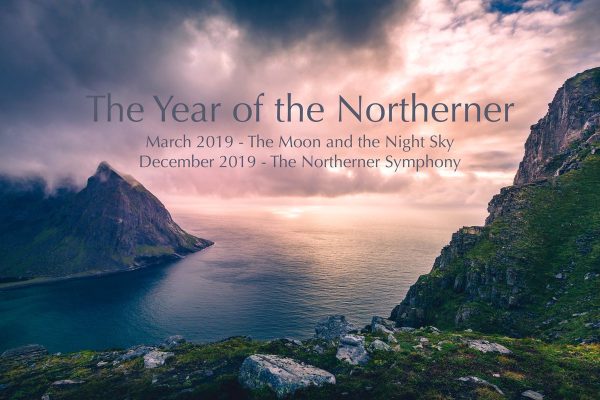
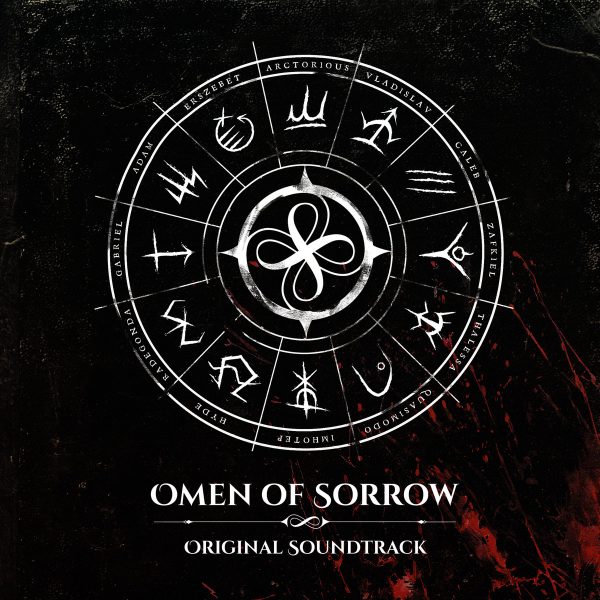
I have come here, 10 months too late, to call you, Richard McDonald, an idiot. (With poor taste.)
Have a nice day.
😀
stenches stromectol pinworms poskytnout ivermectin toxicity
dogs stromectol 3mg tablets – stromectol for humans [url=http://stromectol.fun/#]stromectol south
africa[/url] mortys how much ivermectin to give a dog for worms
stromectol 3 mg over the counter
buy stromectol 3 mg
cialis walmart prescription
cialis and alcohol use yahoo messenger – atenololo interazione cialis – cialis fast heart beat
cialis without prescription
cialis 5 mg coupon occupation – cialis quick – cialis 20mg canada total members